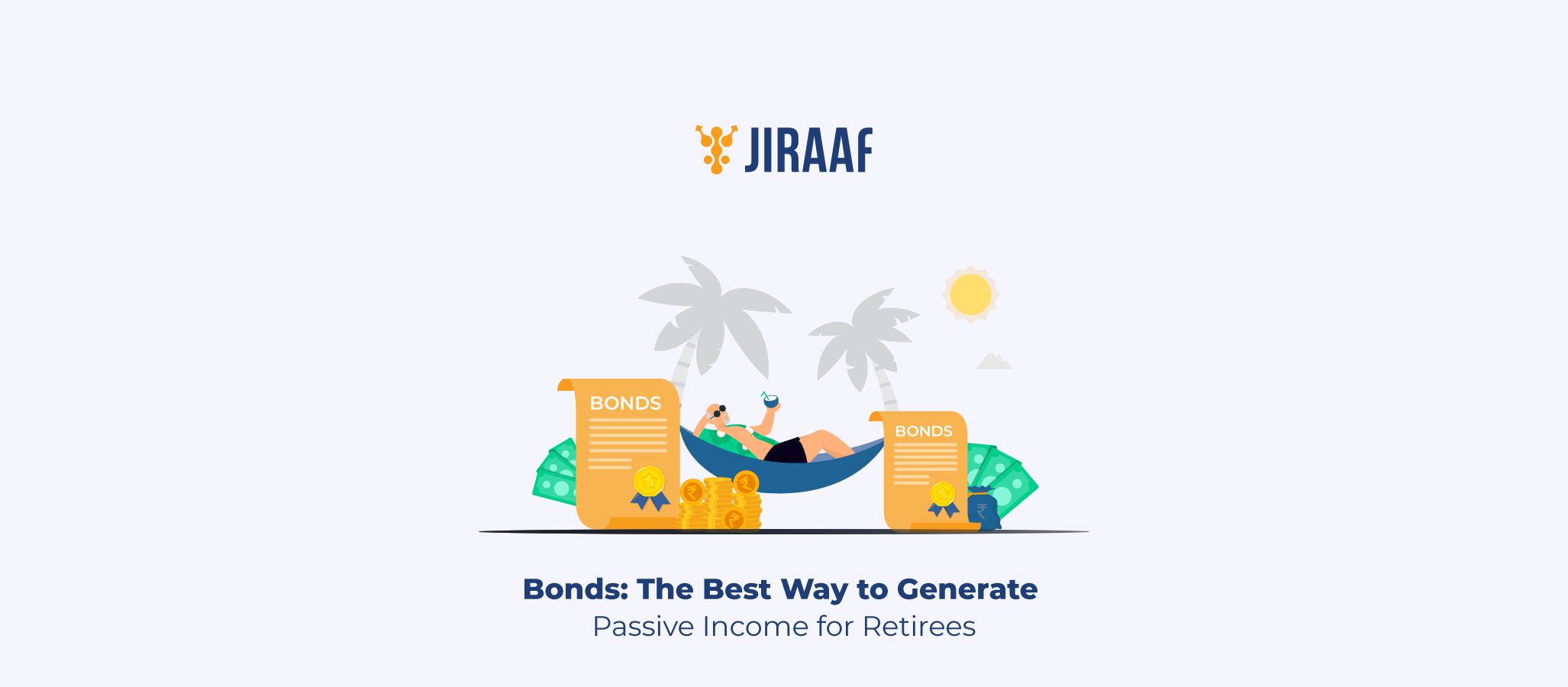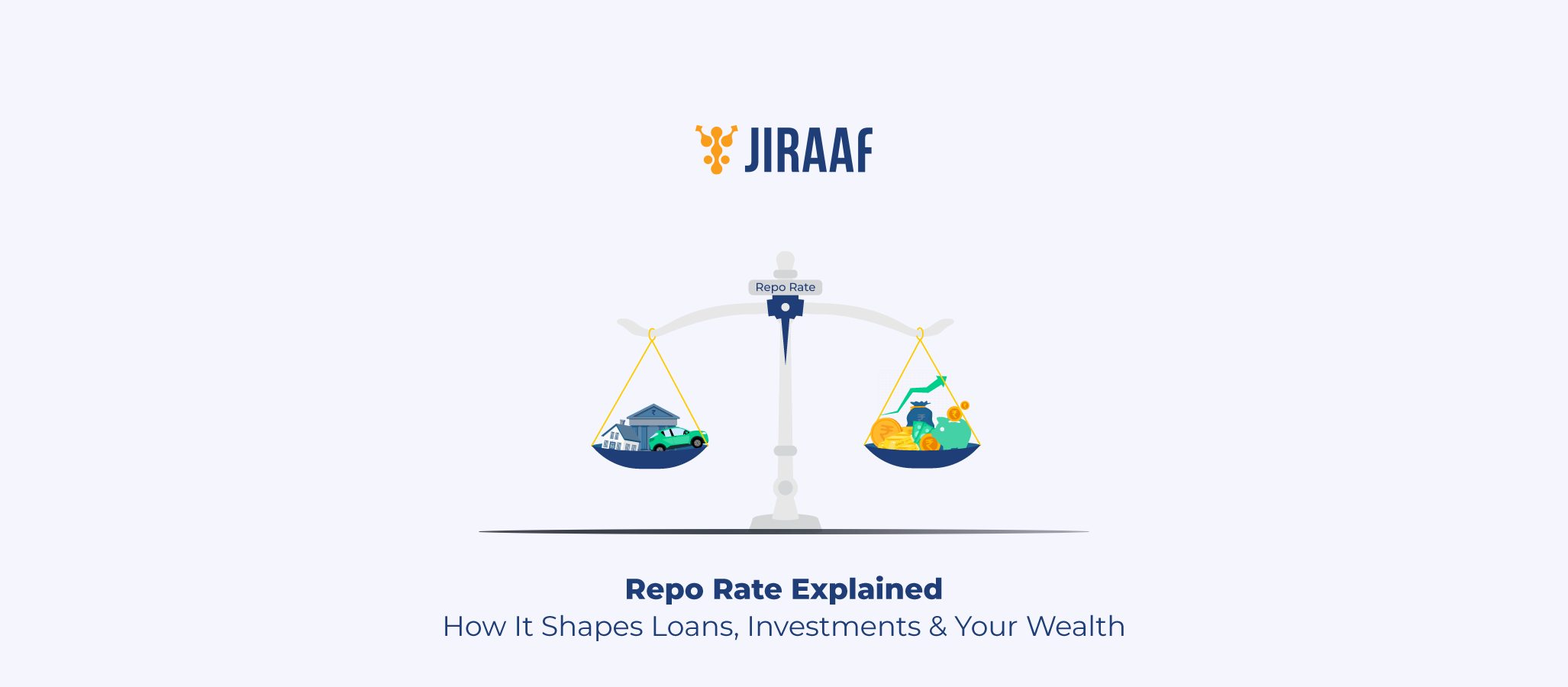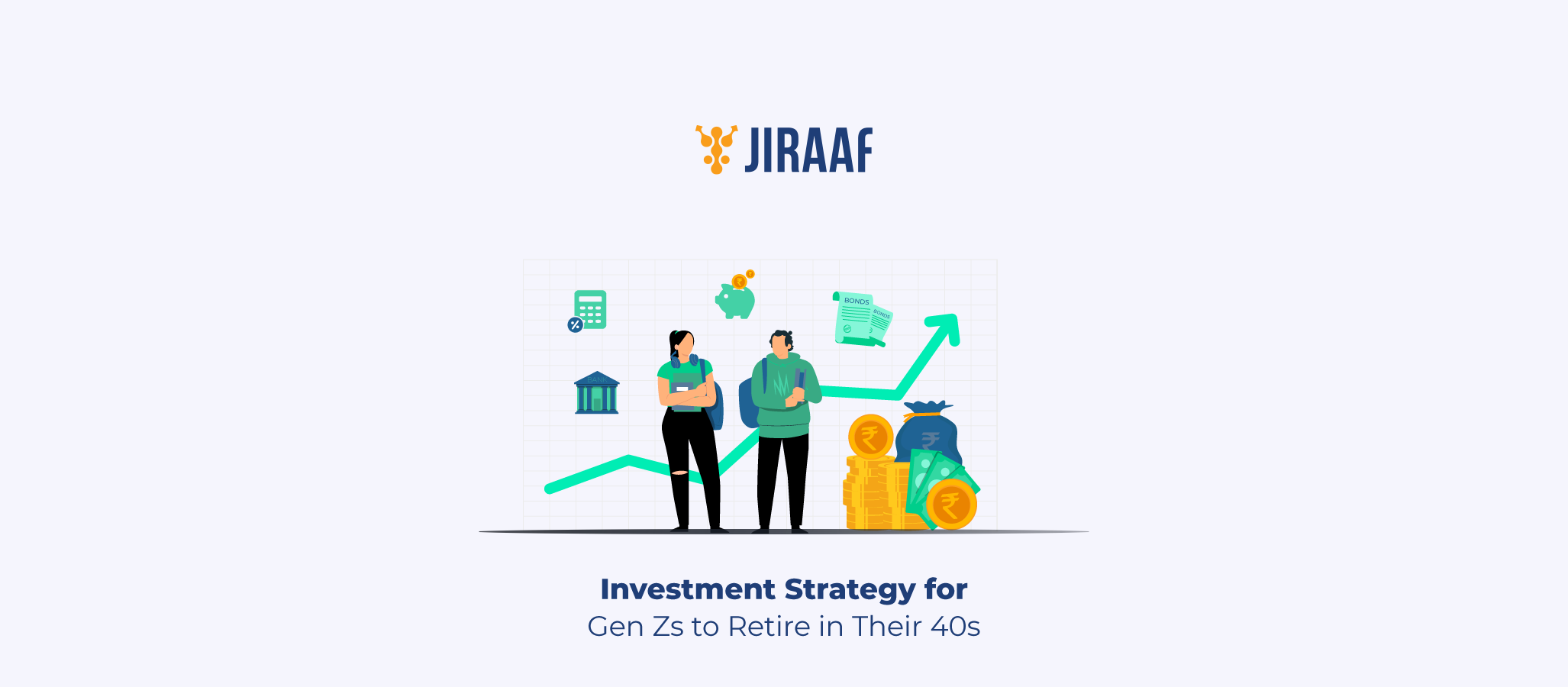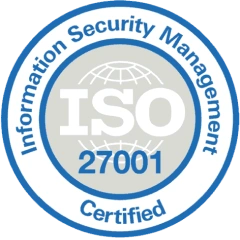Retirement is meant to be a time of relaxation, free from financial worries. However, ensuring a steady flow of income is a key priority for retirees, especially those who have spent years accumulating wealth and now need it to work for them. Many retirees traditionally turn to the stock market for passive income through dividends and capital appreciation, but this approach comes with risks.
Stock market fluctuations, economic downturns, and unpredictable returns can make relying solely on equities a stressful choice. Fortunately, retirees have several stable and low-risk investment alternatives that provide reliable passive income. Let’s explore these alternatives, with a special focus on corporate bonds as a dependable, predictable, and secure option for retirees seeking financial peace of mind.
Why Avoid Relying Solely on the Stock Market?
For decades, investing in stocks was considered a viable strategy for retirement. However, retirees today face unique challenges that make over-reliance on stocks less than ideal. Here’s why:
1. Market Volatility Can Be Unsettling
Unlike fixed-income investments, stock prices fluctuate due to various factors such as economic cycles, interest rate changes, corporate earnings, and global geopolitical events. A sudden market downturn can erode wealth significantly, leaving retirees in a precarious position just when they need stability the most.
2. Returns Are Unpredictable
Stocks have historically delivered long-term growth, but they do not provide guaranteed income. Dividend yields fluctuate, and there’s always a risk that a company may cut or eliminate dividends altogether. This uncertainty makes stocks a risky primary income source for retirees who need consistent cash flow.
3. Emotional Stress and Decision Fatigue
Retirees often find the emotional roller coaster of stock market fluctuations overwhelming. Unlike younger investors who have time to recover from market downturns, retirees may be forced to sell assets at a loss during a market crash, impacting their financial well-being.
4. Time Horizon Mismatch
While stocks are excellent for long-term wealth creation, retirees require income today rather than capital appreciation years down the line. This mismatch makes it essential for retirees to look for stable, income-generating investment avenues.
Exploring Passive Income Alternatives for Retirees
Retirees looking for financial stability should consider diversifying across multiple asset classes. Let’s explore some key alternatives:
1. Real Estate Investments
Real estate has been a traditional income source for retirees. Rental properties generate passive income, and real estate investment trusts (REITs) offer a way to invest without property management hassles. However, rental properties require maintenance, and vacancies can disrupt cash flow.
2. Fixed Deposits (FDs) & Senior Citizen Savings Scheme (SCSS)
Many retirees prefer FDs and SCSS due to their safety and guaranteed returns. SCSS, backed by the Government of India, currently offers an interest rate of around 8.2% per annum. However, these instruments often fail to outpace inflation, making them less effective for long-term wealth preservation.
3. Annuities & Insurance-Based Products
Annuities provide guaranteed income for life, which can be reassuring. However, they lack flexibility, and many insurance-linked investments have high fees that eat into returns.
4. Corporate Bonds: A Reliable Middle Ground
Corporate bonds offer the best of both worlds—higher returns than FDs with lower risk than stocks. By investing in high-rated corporate bonds, retirees can lock in predictable cash flow, ensuring stability while avoiding market volatility.
Let’s take a look at table of passive income options for a side-by-side comparison which makes it easier for retirees to evaluate different investment options.
| Investment Type | Risk Level | Returns | Liquidity | Suitability for Retirees |
| Fixed Deposits (FDs) | Low | 6-7.5% | Medium | Safe, but interest rates may not beat inflation |
| Real Estate (Rental Income) | Medium | 4-6% (rental yield) | Low | Requires maintenance, tenants, and legal handling |
| Annuities & Insurance Products | Low | 5.5-7% | Very Low | Guaranteed income, but lacks flexibility |
| Senior Citizen Savings Scheme (SCSS) | Low | 8.2% | Medium | Government-backed fixed income |
| High Rated Corporate Bonds | Medium to Low | 7-9% | Medium to High | Best mix of stability, liquidity, and returns |
| High Yield Corporate Bonds | Medium | 10-13.5% | Medium | Higher returns, though with somewhat higher risk |
Corporate bonds clearly stand out as a superior passive income source compared to its counterparts.
Understanding Corporate Bonds as a Passive Income Source
Corporate bonds have gained traction among retirees as a dependable fixed-income investment. They provide regular interest payments and offer a structured approach to wealth preservation while reducing exposure to market volatility.
1. What Are Corporate Bonds?
Corporate bonds are debt instruments issued by companies to raise capital. Investors who purchase these bonds essentially lend money to the issuing company in exchange for periodic interest payments (coupon payments) and the return of the principal amount at maturity.
2. Why Corporate Bonds?
For retirees, corporate bonds are particularly attractive due to their predictable income stream and relative stability. Here are the key benefits:
- Steady Interest Income – Corporate bonds pay fixed interest at regular intervals, making them an excellent choice for retirees seeking reliable cash flow.
- Lower Risk Than Stocks – High-rated corporate bonds (AAA or AA) carry significantly lower risk than equity investments, providing financial security.
- Diverse Options – Retirees can choose bonds based on credit rating, duration, and interest rates to tailor a portfolio that suits their income needs.
- Capital Protection – Unlike stocks, where capital appreciation is uncertain, bonds guarantee principal repayment upon maturity.
3. Types of Corporate Bonds Suitable for Retirees
Not all corporate bonds are the same. Understanding the different types can help retirees make informed decisions:
- AAA-Rated Bonds – These bonds are issued by financially strong companies and offer lower risk with stable returns.
- Tax-Free Bonds – Issued by government-backed entities, these bonds provide tax-exempt interest, making them an attractive option for retirees in higher tax brackets.
- High-Yield Bonds – These bonds offer better returns but come with higher credit risk. Retirees should assess the issuer’s creditworthiness before investing.
4. Myths about Corporate Bonds
There are certain myths prevailing about corporate bonds which discourage retirees from investing in corporate bonds. Let’s take a look at them and clear the confusion:
Myth 1: “Corporate bonds are as risky as stocks.”
Truth: Unlike stocks, bonds provide predictable returns and repayment of principal at maturity, reducing volatility. AAA-rated bonds from reputed companies have low default risk.
Myth 2: “Bonds don’t offer good returns.”
Truth: Well-selected high rated corporate bonds can yield 7-13% annually, often higher than fixed deposits, while ensuring capital safety. High yield corporate bonds offer still higher returns, though with some more risk.
Myth 3: “Bonds are difficult to invest in.”
Truth: Online bond platforms have made investing as easy as buying mutual funds, with transparent ratings, easy transactions and information symmetry.
How Online Bond Platforms Simplify Investing in Bonds
Gone are the days when investing in bonds required navigating complex financial institutions and intermediaries. Today, online bond platforms have made bond investments easier, more accessible, and transparent for retail investors.
1. Access to a Wide Range of Bonds
Online bond platforms allow retirees to explore and compare different bonds based on issuer credibility, interest rates, credit ratings, and tenure—all from the comfort of their home.
2. Transparency & Convenience
These platforms provide clear, detailed information about bond characteristics, coupon rates, risk assessment, and maturity periods, enabling investors to make well-informed choices.
3. Ease of Transaction
With digital onboarding and seamless transaction processes, buying and selling bonds is now as easy as purchasing stocks online. The elimination of excessive paperwork is an added advantage.
4. Retail Investor Friendly
Many online bond platforms allow investments in smaller denominations, making corporate bonds more accessible to retirees who may not want to invest large sums in a single instrument.
By leveraging these platforms, retirees can efficiently build a diversified fixed-income portfolio with ease and confidence.
Building a Balanced Passive Income Portfolio for Retirees
A well-structured investment plan should ensure a steady passive income stream while balancing risk and return. Instead of relying on a single asset class, retirees should diversify across multiple investment vehicles to create financial security.
1. The Importance of Diversification
Diversification helps reduce dependency on a single source of income. By allocating funds across different investment instruments, retirees can manage risk effectively while ensuring steady returns.
Here’s an example of a diversified retirement income portfolio. Suppose a retiree looking for a stable yet rewarding passive income portfolio, carefully allocates his investments across different asset classes. He assigns 40% of his portfolio to corporate bonds, ensuring a mix of 25% in high-rated (AAA & AA) bonds for stability and 15% in high-yield corporate bonds for better returns. The remaining 60% is distributed among fixed deposits (20%), SCSS (10%), real estate (15%), annuities (10%), and cash/liquid funds (5%), striking a balance between security, liquidity, and income generation:
| Asset Class | Allocation (%) | Indicative Yield (%) | Purpose |
| High-Rated Corporate Bonds (AAA & AA) | 25% | 7.0% – 9.0% | Stability and predictable income |
| High-Yield Corporate Bonds | 15% | 10.0-% – 13.5% | Higher returns with moderate risk |
| Fixed Deposits (FDs) | 20% | 6.0% – 7.5% | Secure, low-risk income |
| Senior Citizen Savings Scheme (SCSS) | 10% | 8.2% | Government-backed fixed income |
| Real Estate (Rental Income) | 15% | 4.0% – 6.0% | Passive income with asset appreciation potential |
| Annuities & Insurance Products | 10% | 5.5% – 7.0% | Guaranteed lifelong income |
| Cash & Liquid Funds | 5% | 4.0% – 5.5% | Emergency liquidity |
| Total | 100% | Varied | Balanced income and security |
This diversified approach ensures a steady income while minimizing exposure to market fluctuations. With this well-diversified portfolio, the retiree can expect a blended yield of approximately 7.3%–8.9% per annum, factoring in the adjusted yield ranges for each asset class. On an investment corpus of ₹1 crore, this translates to a monthly passive income of around ₹60,800–₹74,200, ensuring a steady and reliable cash flow to support his retirement lifestyle with financial security and peace of mind.
2. The Role of Portfolio Rebalancing
Over time, market changes may shift the initial asset allocation. Periodically rebalancing the portfolio ensures that investments remain aligned with financial goals and risk tolerance. Retirees should review their portfolio at least once a year to maintain an optimal income strategy.
3. Adopting a Laddering Strategy for Fixed-Income Investments
Bond laddering involves investing in bonds with different maturity dates, ensuring a continuous flow of returns and liquidity. This approach prevents reinvestment risk and allows retirees to reinvest matured amounts in higher-interest opportunities when rates rise.
4. Managing Risk with a Safety Net
A portion of the portfolio should always remain in liquid, risk-free instruments such as fixed deposits and liquid mutual funds. This ensures that retirees have access to emergency funds without having to sell long-term investments prematurely.
By following a diversified, well-balanced strategy, retirees can enjoy financial stability without being overly reliant on any single asset class, making their golden years truly stress-free.
The Road Ahead: Making Smart Retirement Investment Choices
The financial landscape is constantly evolving, and retirees must stay informed about new opportunities and risks. Regularly reviewing investment portfolios and adapting to changing economic conditions will help maintain a steady and reliable passive income stream.
Corporate bonds stand out as a particularly attractive choice for retirees, offering a middle ground between safety and higher returns. However, the key to a successful retirement income plan lies in maintaining a diversified approach that combines various assets for long-term financial security.
With the right strategy in place, retirees can enjoy their golden years with confidence, free from the worries of financial instability. Now is the time to explore stable, income-generating investments and take control of retirement finances for a truly stress-free future.
Discover fixed income investments with Jiraaf, a SEBI registered online bonds platform that educates and brings access to a wide array of bonds. Sign up today to explore diversified fixed income investment opportunities to support your goal-based wealth creation journey. Start investing!













 help@jiraaf.com
help@jiraaf.com